On a soft-lit spring evening, under a crescent moon brushing the waters of the Thames, London’s Poplar Union transformed into a living, breathing courtyard of the Barak Valley. There, over a hundred hearts swayed to the cadence of Dhamail—an ancient, soul-stirring folk tradition of music and dance from Bangladesh’s Sylhet region.
The occasion? The Third Brit-Bangla Heritage Festival, masterfully curated by Mukto Arts, which this year turned its gaze to Dhamail—its history, its rhythm, and its deep emotional roots within the Bengali diaspora. For the British-Bangladeshi community, it wasn’t just a performance—it was a return. A return to courtyards left behind, to songs their grandmothers once hummed, and to a rhythm that continues to pulse across oceans.
The evening opened with words from Satyabrata Das Swapan, President of Mukto Arts and a well-known cultural voice in the diaspora community. His welcome carried both warmth and weight, setting the tone for what would follow. Soon after, Dr. Ashim Chakraborty, Mukto Arts’ Creative Director, outlined the vision behind this year’s heritage initiative—an immersive year-long journey into the spirit of Dhamail, anchored in performance, storytelling, and preservation.
But it was not just music and movement that framed the evening—it was conversation too. A compelling panel discussion, moderated by Ranjita Sen, a director at London Ambulance and a passionate advocate for heritage, tackled a timely theme: “Dhamail’s Role in Social Transformation and Women’s Empowerment in the Barak Valley.” The panel featured a powerhouse of voices—Councillor Jasmin Chowdhury from Cardiff City Council, Nazmul Albab, a noted journalist and author, and Supriya Deb Purkayastha, Microsoft’s Marketing Director and a proud first-generation British Bangladeshi.
Together, they wove a tapestry of thought around Dhamail—as ritual, as resistance, and as a liberating force for women. It was a moment of reflection: how a folk form, often seen as mere entertainment, can be an archive of power, identity, and subtle defiance.
Then came the children. With voices still touched by the innocence of youth, young performers—Snigdha Roy, Rupkatha Dutta, Binthi Das, Brinda Das, and Isha Das—sang with such clarity that the language of Dhamail, foreign to their everyday lives in Britain, felt like home. The dancers—Biroja De, Shreya Goswami, Aroushi Chakraborty, Shatakshi Dev, Rudranil Dev, and Anusha Das—brought the circle alive. It wasn’t perfect; it was better—it was real, unfiltered, and heartfelt.
This was followed by the seasoned voices of Suraloy, a well-known ensemble who lent their harmony to traditional Dhamail pieces. Vocalists included Ranjita Sen, Joyshree Purkayastha, Priyanka Ghosh, Alpana Pal, Supriya Deb Purkayastha, and Shubhangi Dey—their layered voices creating a soundscape that felt both ancient and immediate.
And then, as if pulling a curtain back through time, the night unfurled its centrepiece: “Dhamail Kotha” (Tales of Dhamail)—a musical-theatrical odyssey written and directed by Dr. Ashim Chakraborty and narrated by Deep Roy. This was no ordinary stage act. It was a journey through centuries, through the verses of Chandidas, the music of Radha Raman Dutta, the echoes of Thumri, and the soulful legacy of Ustad Bade Ghulam Ali Khan.
Amit De’s devotional opener “Pratham Bandona Je Kori” set the mood, as the narrative travelled through Krishna-lila, to Gaur-rup, to moonlit ponds and midnight longing. Gauri Chowdhury’s emotionally piercing rendition of “Banshi Re Poraner Banshi” hushed the hall into silence, while Mayukhjeet Chakraborty’s flute pierced the quiet like memory does—soft and sharp all at once.
A remarkable fusion of Indian classical and Sylheti folk followed. Chowdhury’s “Bhramar Kiyo Giya” flowed effortlessly into De’s “Aye Na Balam”. Laboni Barua’s powerful “Kuhu Swore Moner Agun” in the Kokil Song sequence and the layered textures of the Panchpara Dhamail created an almost trance-like experience. Vocalist Popi Kar’s “Chandra Dao Go Biday” and Aparna Bhowmik’s closing chorus made the moment feel both sacred and celebratory.
The final group dance, choreographed by Moushumi Samanta and guided by Supriya Deb Purkayastha, featured a vibrant lineup of dancers: Sushmita Bhattacharya, Kanika Goswami, Bappy Dam, Soma Ganga Roy, Suma Dey, Rupna Rani Das, and Munni Chakraborty. They moved with elegance and instinct, their circular formations echoing generations of Dhamail dancers before them. Supporting the atmosphere were musicians Hiranmoy Goswami (mridangam), Tauki (rhythm), and Mayukhjeet Chakraborty (flute).
The final act—“Jugol Milan Hoilo Go”—was less of a performance and more of a communion. For a moment, the audience stopped being the audience. They became the courtyard. They became the song.
Reflecting on the evening, President Swapan shared, “This is our third Heritage Festival. We began with Bhatiyali, moved to Kirtan, and now we stand in the circle of Dhamail—one of our richest inheritances.”
But Mukto Arts isn’t stopping here. This year, they’re producing 15 documentary films that will explore Dhamail’s journey through history, performance, and memory. A special feature based on artworks by Maunimukta Chakraborty will blend painting, music, and narrative. A bilingual publication—in Bangla and English—will bring together leading voices in folklore studies from both Bangladesh and the UK.
With vital support from the National Lottery Heritage Fund, every dance step and every note from this festival will be preserved at the Tower Hamlets Local History and Archives Library, and the accompanying publication will find a home in London’s Idea Store Library—a gift to future generations.
As the night closed around 9 PM and the crowd drifted into the spring night, the words of a final Dhamail lingered in the air. It wasn’t just an event—it was a remembrance, a celebration, and a promise: that the rhythms of home can still be heard, even across seas.
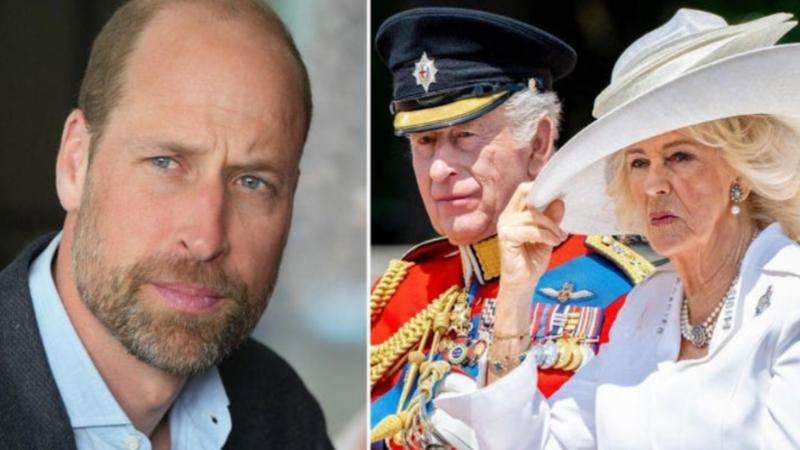
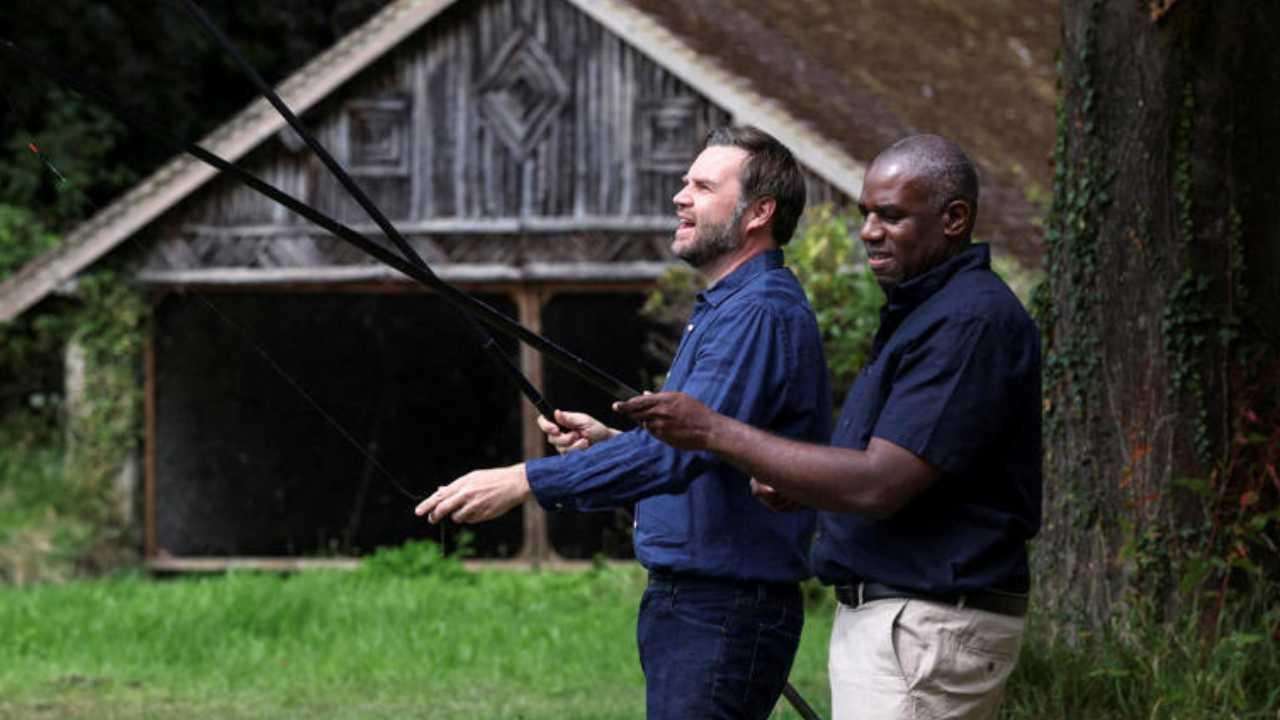
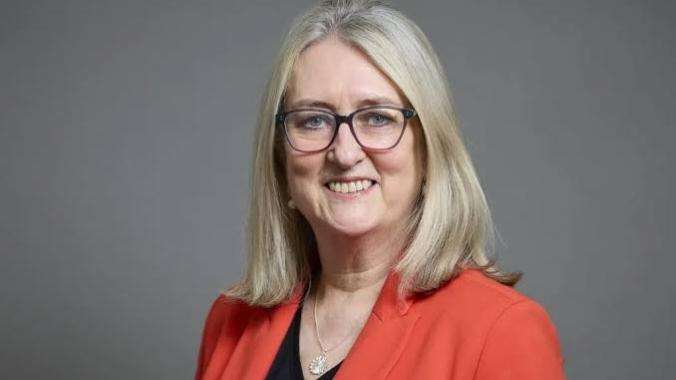
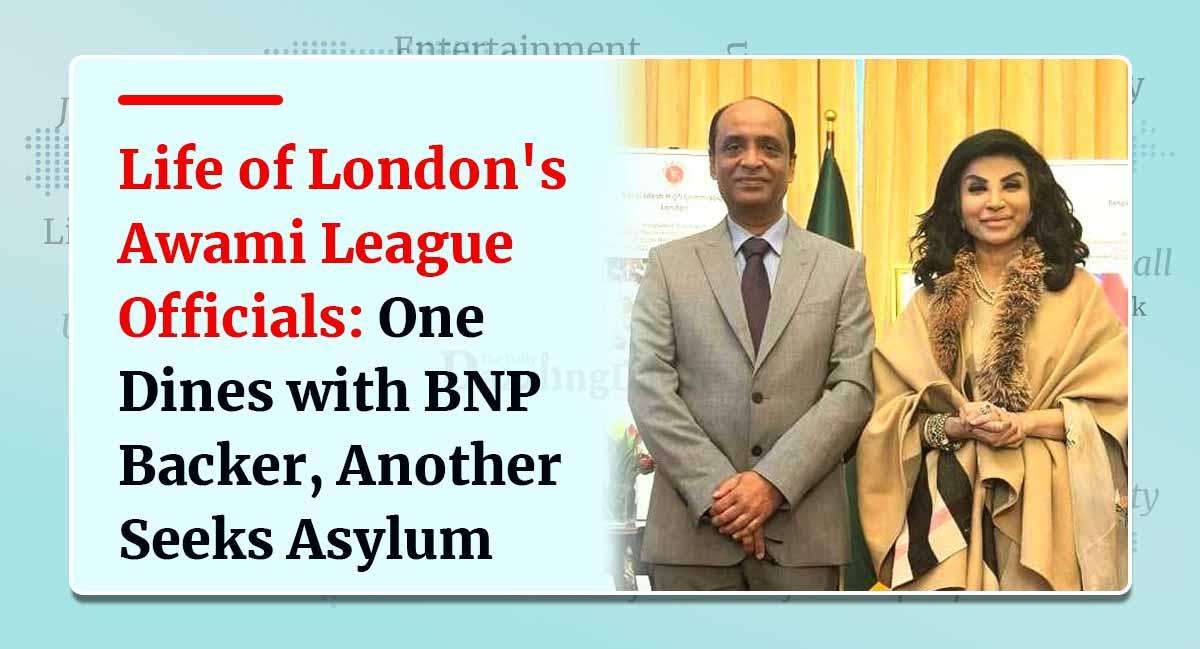
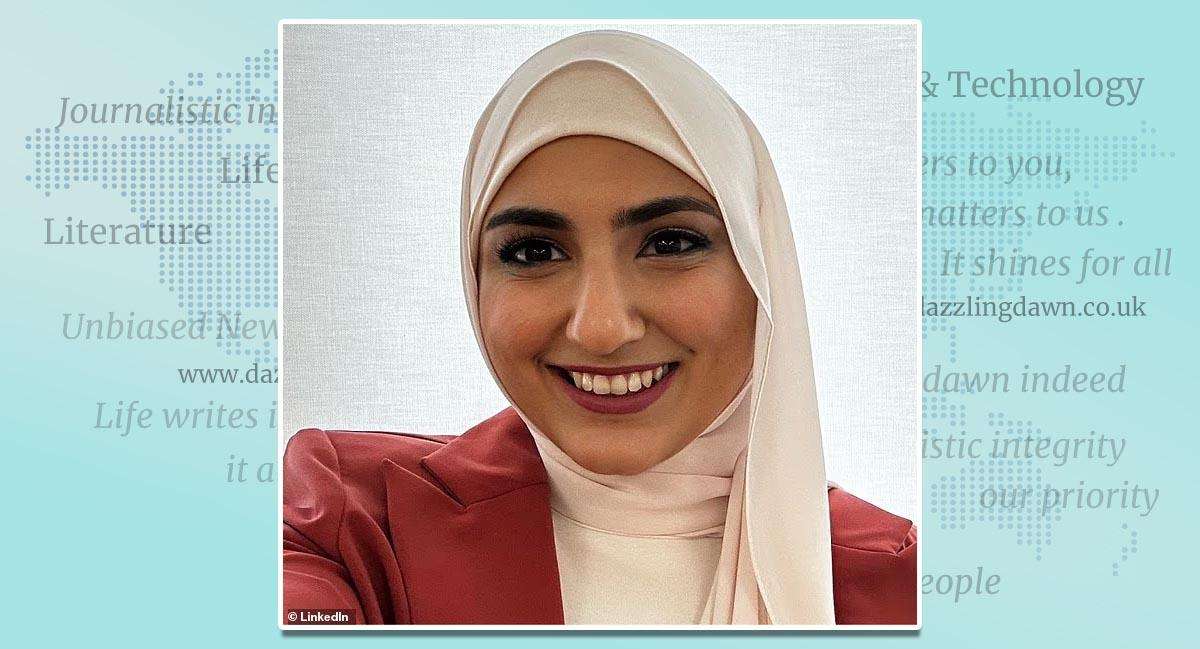

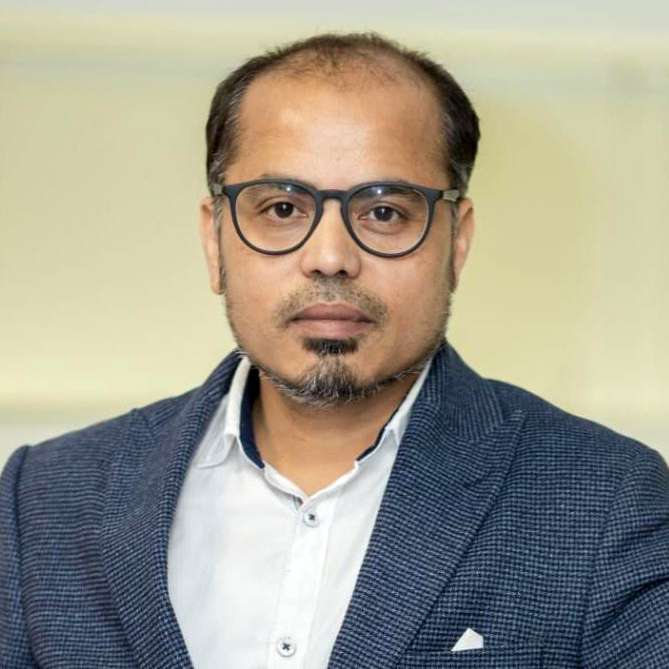
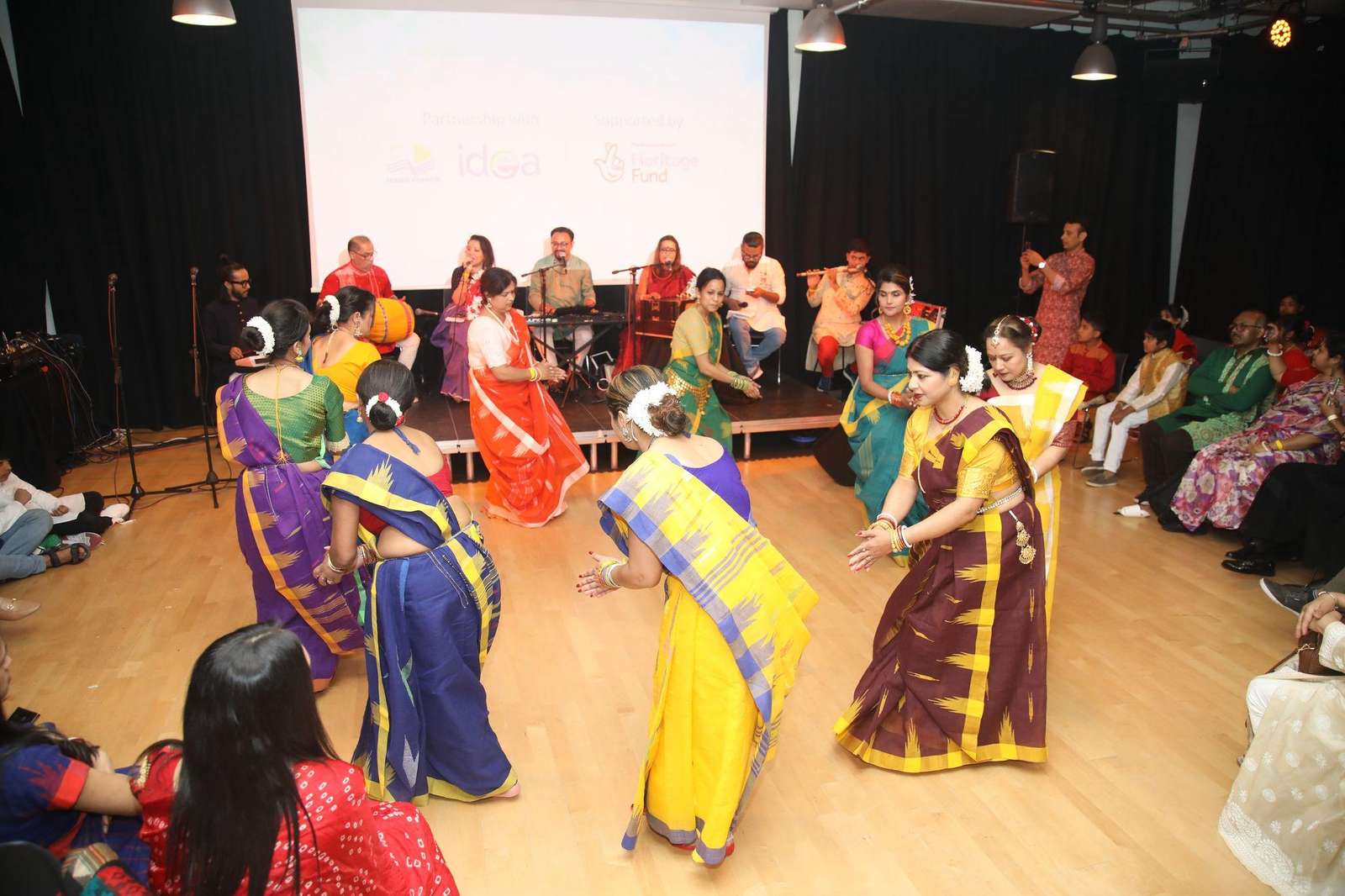
.svg)

